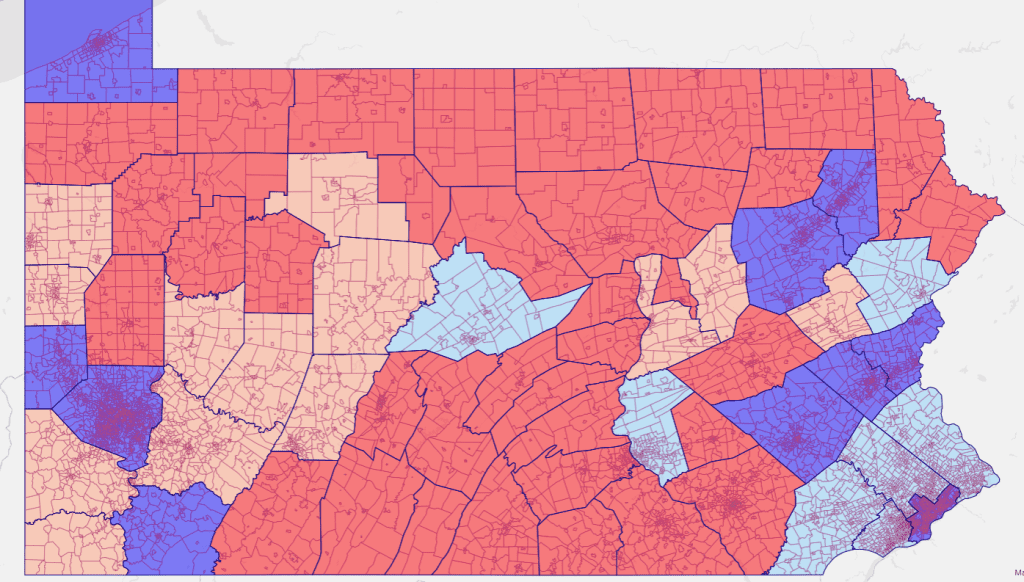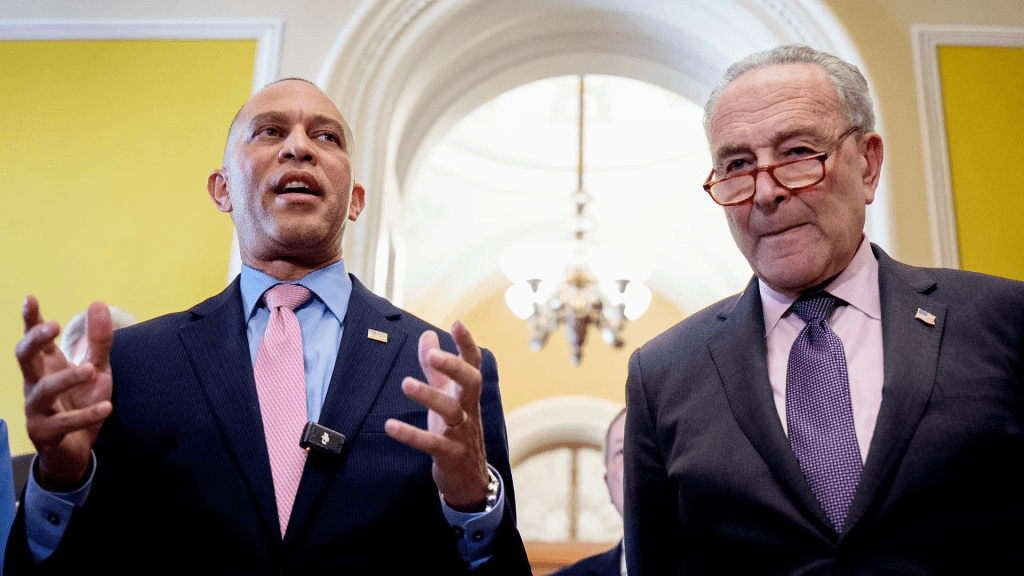New Voter Data Spells Disaster for Democrats — Over 50,000 Lost in One Month While Republicans Surge Ahead Nationwide
Democrats are facing one of their most alarming voter registration collapses in years, according to new September 2025 data — a trend that’s sending shockwaves through the political establishment just months before the 2026 midterm cycle begins to heat up.
New figures from election analyst Michael Pruser and Decision Desk HQ reveal that in September alone, Republicans gained 29,431 new registered voters while Democrats suffered a stunning loss of 55,420. The result? A net GOP advantage of 84,851 voters in a single month — a figure that underscores a major political realignment quietly unfolding across the country.

The voter registration swing was most evident in battleground states and regions that traditionally lean blue. Ohio, which recently conducted a large purge of inactive voters, saw Democrats disproportionately affected, losing tens of thousands from their rolls. While the state’s officials called the process routine maintenance, the impact was unmistakable — a stronger Republican presence and a shrinking Democratic base.
This is far from a one-month fluke. Analysts note that the September numbers are part of a year-long shift in which the GOP has steadily chipped away at the Democratic registration advantage nationwide. Reports from The New York Times and NBC News confirm that Republicans have reduced the Democratic edge by over one million voters across 30 states that track party registration. The momentum has clearly favored the right — with voter enthusiasm, turnout, and registration strength all leaning Republican since early 2024.

The visuals accompanying the data, now circulating widely online, tell the story better than words. One image shows former President Donald Trump beaming at a rally — a symbol of Republican optimism heading into 2026. Another shows a map dominated by red counties, illustrating where the GOP continues to expand its base, from rural Pennsylvania to suburban Arizona. And finally, photos of Democratic leaders Chuck Schumer and Hakeem Jeffries serve as a grim reminder of how much their party’s hold has weakened.
The reaction among conservative commentators has been swift and celebratory. Many see this as validation that Americans are rejecting what they view as the Democratic Party’s focus on divisive identity politics, government overreach, and economic mismanagement. “When gas, groceries, and housing all cost more under Democrats, people vote with their wallets,” one social media post read. “This is what a red wave looks like before it even hits.”

Meanwhile, Democratic strategists are sounding the alarm behind closed doors. Multiple reports suggest the Democratic National Committee is scrambling to boost registration drives in key states before it’s too late. Some party insiders blame poor voter engagement efforts, while others privately admit that President Trump’s messaging on immigration, inflation, and law enforcement has been resonating far more deeply with working-class voters than expected.
Political experts point out that this registration gap could have real consequences in 2026 and beyond. Historically, shifts in voter registration precede changes in electoral control, especially in close states where a few thousand votes can decide key races. If this GOP surge continues through next summer, it could cement Republican control of Congress and even strengthen Trump’s hand in shaping national politics heading into 2028.

At the moment, Democrats appear to be in damage-control mode, struggling to counter what’s shaping up to be a sustained red resurgence across the map. While their base remains strong in coastal metros, their losses in heartland and suburban areas have left strategists deeply concerned about long-term viability.
For Republicans, the message is clear — momentum is finally back on their side. The latest voter data doesn’t just show numbers; it shows a movement. A movement that could very well define the next era of American politics.



